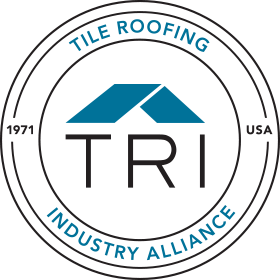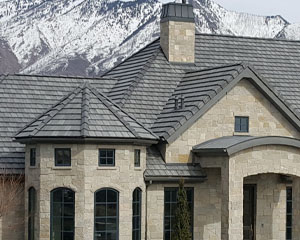By Rick Olson, TRI President & Technical Director
Energy Efficiency is becoming one of the leading decision drivers for new construction and retro fit of existing buildings. The ability to help reduce overall energy demands, or shift peak load usage to more cost friendly times is the demand of building owners. The TRI Alliance technical team has been developing expanded research programs and projects to help provide more energy efficient steep slope roof design alternatives to the market. Our work through the DOE Oakridge National Lab (ORNL) years ago helped define the ability of roofing tile to help reduce the heat transfer to the condition space through the Above Sheathing Ventilation (ASV) and natural Thermal Mass of the roofing tile products. While material colors provides one element of benefit, concrete and clay roofing tiles have unique properties that can help provide even greater energy cost reduction through the addition of the inherent properties of ASV and thermal mass. These qualities will help reduce long term energy costs and will shift peak load demands in areas with high tiered energy costs to later in the evening. In colder climates, these properties will provide benefit in the revers by helping to retain heat in the attic.
In 2023-2024 the TRI Alliance is launching an expanded research project that will help identify and quantify the actual energy consumption in the 10 code defined climates in the USA. This 3 year study will compare concrete and clay tiles to other steep slope materials to help quantify the difference in energy consumption. Our goal is to have these 10 locations up and running by December 2023, that will begin gathering extensive readings from the 10 sites in real time.
For more information on the activities of the TRI Alliance, please visit us at www.tileroofing.org

